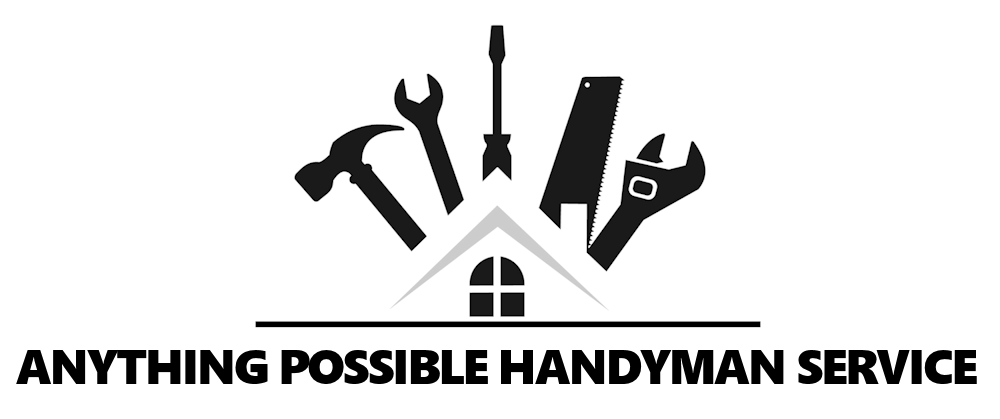Water damage can quickly transform from a minor inconvenience into a major home disaster if not addressed promptly. For homeowners facing the unexpected sight of water intrusion, the clock starts ticking immediately. According to handyman value experts, the first 24-48 hours are critical in preventing secondary damage like mold growth, structural weakening, and costly repairs. Taking swift action not only minimizes immediate damage but can save thousands in restoration costs down the line.
The challenge many homeowners face is knowing exactly what steps to take when water suddenly appears where it shouldn’t. From burst pipes to leaky roofs, each water emergency requires specific knowledge and techniques to address properly. Understanding the proper sequence of response can make the difference between a quick recovery and a prolonged, expensive restoration process. The handyman value approach emphasizes that proper initial response can often be handled by homeowners themselves, potentially saving substantial professional remediation costs.

- Efficient cleanup and prevention methods by professional handyman services. Source: anythingpossiblehandyman.com
Identifying water damage early requires vigilance and knowledge of key warning signs. Visible indicators often include discoloration on walls or ceilings, peeling paint, warped flooring, or noticeable corrosion around fixtures. These signs shouldn’t be ignored, as they typically indicate water intrusion that has already been present for some time. What makes water damage particularly challenging is that by the time it becomes visible, significant damage may have already occurred behind walls, under floors, or in other concealed spaces.
Beyond the obvious visual cues, homeowners should be alert to subtler signs that might indicate hidden water damage or developing mold issues. These include persistent musty odors, unexplained increases in water bills, sounds of running water when fixtures aren’t in use, or sudden allergy symptoms when in certain areas of the home. Handyman value professionals recommend regular inspections of areas prone to moisture issues, including basements, attics, under sinks, and around appliances that use water. Early detection through these methods can prevent minor issues from developing into major problems requiring extensive repairs.

- Utilize preventive strategies to keep your home mold-free and mitigate water damage risks. Source: buyersreport.org
When facing water damage, a systematic cleanup approach is essential for effective restoration. Begin by stopping the water source if possible and removing standing water using pumps, wet vacuums, or even buckets if necessary. Safety should be your priority—turn off electricity to affected areas before entering standing water. Once the bulk of the water is removed, the handyman value approach recommends using fans and dehumidifiers strategically to accelerate drying, positioning them to create cross-ventilation that moves damp air outside.
After thorough drying, which typically takes 2-4 days depending on severity, sanitization becomes critical. Use appropriate cleaning solutions for different surfaces—diluted bleach works for many hard surfaces, while specialized cleaners may be needed for porous materials. Handyman value experts emphasize the importance of treating all affected areas, even those that appear dry, as moisture can hide within building materials. Remove and replace any materials that cannot be properly dried or cleaned, such as saturated drywall, insulation, or severely damaged wood. Document everything for insurance purposes before disposal, taking photos and keeping samples if possible.

- Efficient cleanup and prevention methods by professional handyman services. Source: anythingpossiblehandyman.com
Long-term prevention of water damage requires a proactive maintenance strategy. Regular inspections of potential problem areas can save homeowners significant money and stress. Check roof conditions biannually, examine plumbing connections quarterly, and inspect appliance hoses annually for signs of wear. Installing water leak detectors near washing machines, water heaters, and under sinks provides early warning of leaks before significant damage occurs. The handyman value of these simple preventative measures far outweighs the cost and inconvenience of major water damage restoration.
When renovating or making home improvements, consider incorporating water-resistant materials in vulnerable areas. Mold-resistant drywall and paint containing mildewcides offer additional protection in bathrooms, basements, and laundry rooms. Exterior maintenance is equally important—clean gutters seasonally, ensure proper grading away from foundations, and maintain caulking around windows and doors. While many preventative measures can be DIY projects, recognize when professional assistance is needed. Handyman value considerations suggest that for significant plumbing issues, roof repairs, or if you discover extensive mold growth (especially black mold), consulting qualified professionals promptly can prevent much larger problems down the road.

- Utilize preventive strategies to keep your home mold-free and mitigate water damage risks. Source: buyersreport.org
